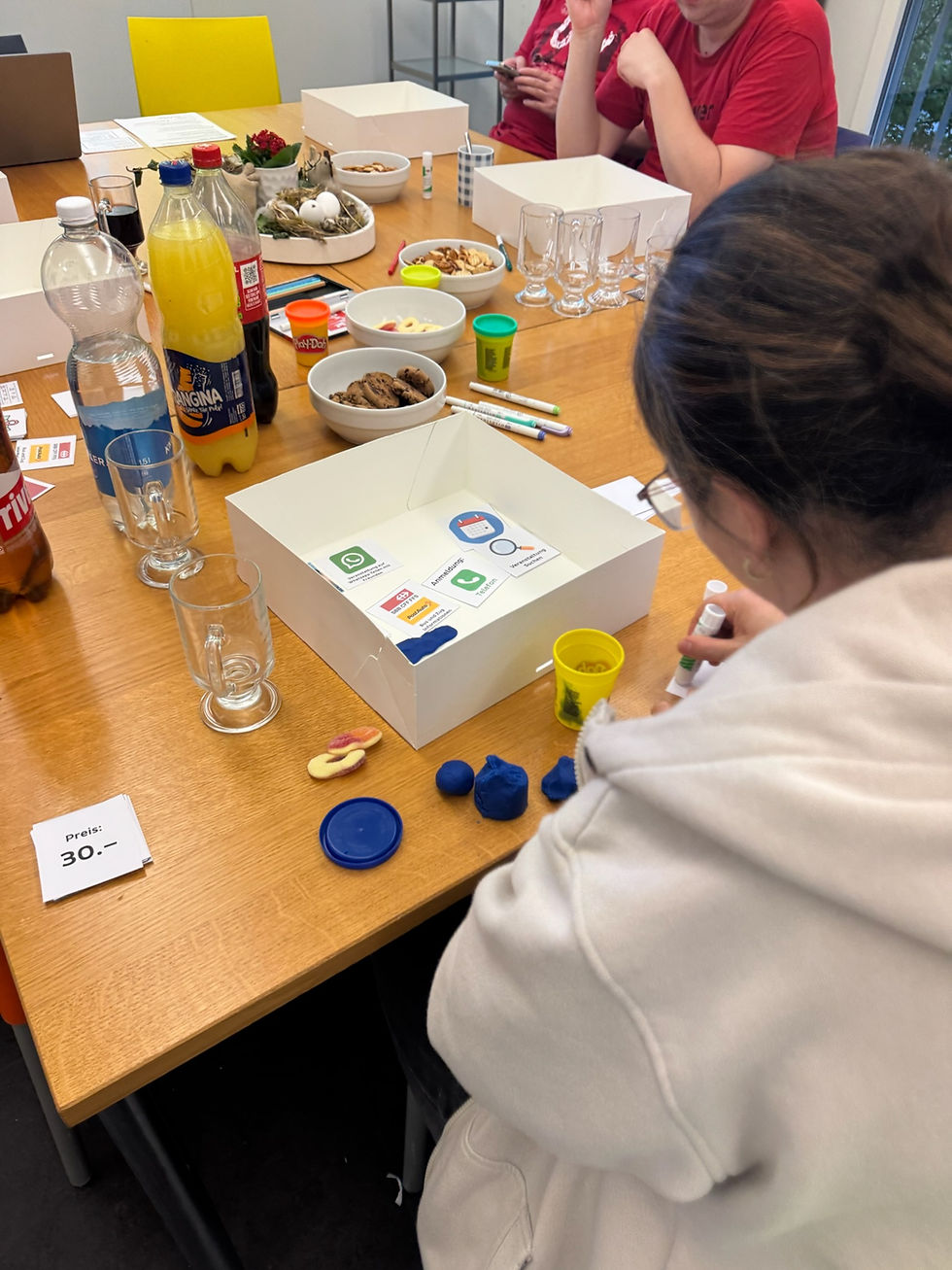
Gomio
A platform to help people with cognitive disabilities discover and register for events
In short
Together with Juliana, we developed Gomio for our bachelor’s thesis, a digital platform designed to give people with mild cognitive disabilities better access to event information. Throughout the project, individuals with cognitive disabilities were actively involved in the design process. Through interviews and co-design workshops, we identified specific needs and developed targeted solutions. The result is a prototype that facilitates access to information through a clear structure, simple language, supportive visuals, and an intuitive onboarding experience. Our bachelor’s thesis contributes to greater autonomy and demonstrates how digital services can be made more accessible for everyone.
We are very proud that Gomio was awarded the Zeix Award 2025.
Tools
Figma (wireframing and UI design)
Miro (ideation, desk research, planning)
Notion (documentation)
Tasks

Desk research and analysis
Preparation and execution co-design workshops
Wireframing
Documentation

Year
2025
Duration
3 Months
Award
Zeix Award 2025
Team
Me
Lead research and workshops
Juliana N. A.
Lead wireframing and design
Problem
Cognitive accessibility is still at an early stage compared to other accessibility solutions. One of the main challenges lies in identifying these barriers, as they are often “invisible” and require close collaboration with affected individuals to be understood. As a result, many digital services remain inaccessible to people with cognitive disabilities. This issue does not only affect individuals living in care facilities; a wide range of groups could benefit from cognitively accessible digital solutions, including older adults and people who are less familiar with technology. There is still significant untapped potential in this area.
Solution
With the Gomio app, we not only address cognitive accessibility but also created the concept of a tool that enables people with cognitive disabilities to independently access event information, register for activities, and actively participate in social life. To achieve this, close collaboration with affected individuals was essential. We applied co-design workshops, a method frequently used with specific user groups, to ensure that the perspectives of those who face different barriers than our own were included in the process. This approach allowed us to develop solutions that are both practical and meaningful for the target audience.
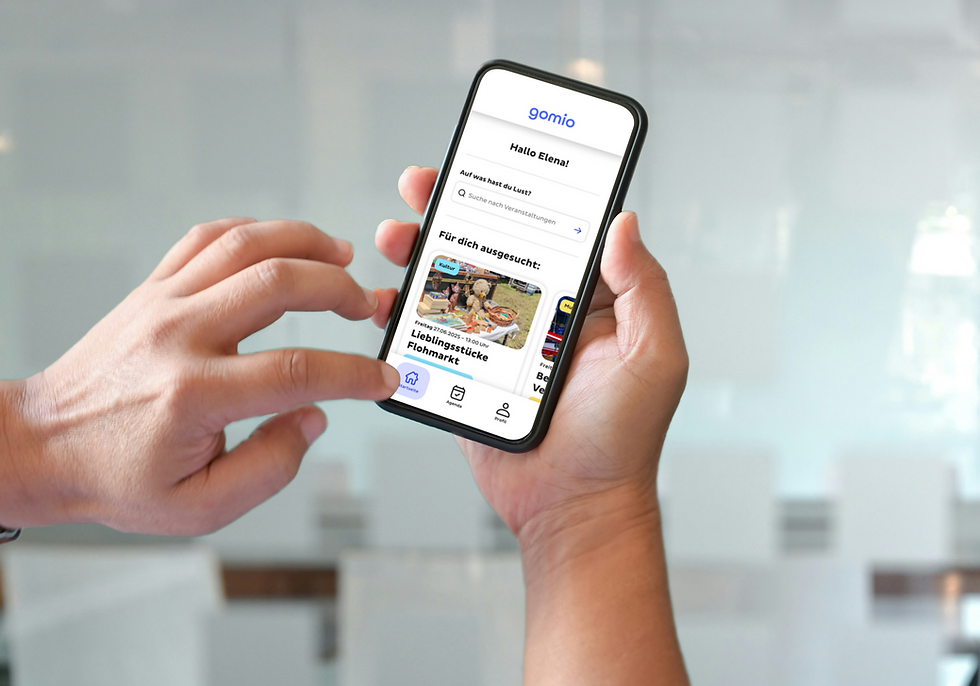
Target Group
Our target group consisted of people with mild cognitive disabilities who were generally able to read and enjoyed using smartphones, but who often encountered barriers such as unclear structures, overly complex text, and complicated processes.
Persona
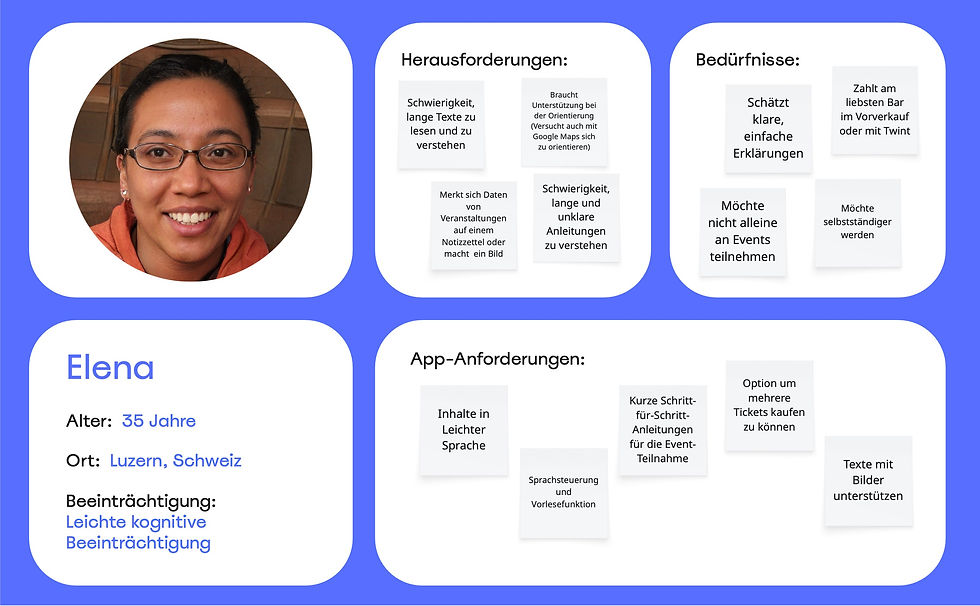
Empathy Map

User Journey
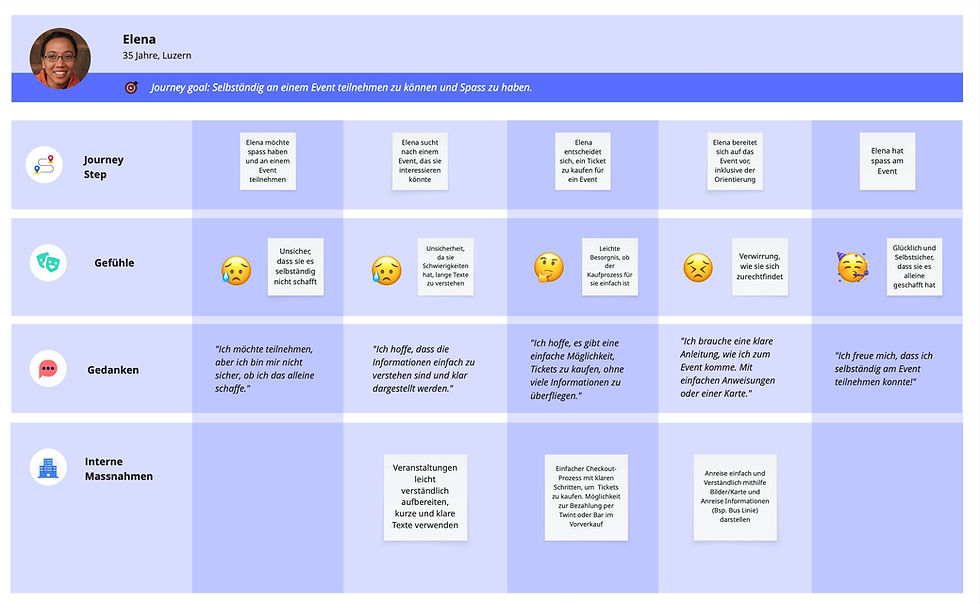
Co-Design Workshops
Involving the target group in the development process can lead to more practical solutions, as research often relies more on expert opinions than on empirical findings. Methods such as Participatory Action Research (PAR) or Co-Design enable direct involvement of affected individuals and support a higher-quality implementation of accessible media. Co-Design refers to the active involvement of end users throughout the entire product development process.
To prepare for interviews and co-design workshops with people with cognitive impairments, we studied best practices in disability etiquette and applied them throughout our process.
We collaborated with a social worker who provided guidance on structuring the workshops and supported participants during the sessions. Together, we recruited five participants fitting our target profile, prepared consent forms in easy read, and designed accessible workshop materials. These steps ensured an inclusive, respectful environment and allowed us to gather meaningful insights for the project.
In total, we conducted two workshops: the first to identify the needs of the target group and the second to define the desired design. In the end we tested the prototype with six people from our target group.
